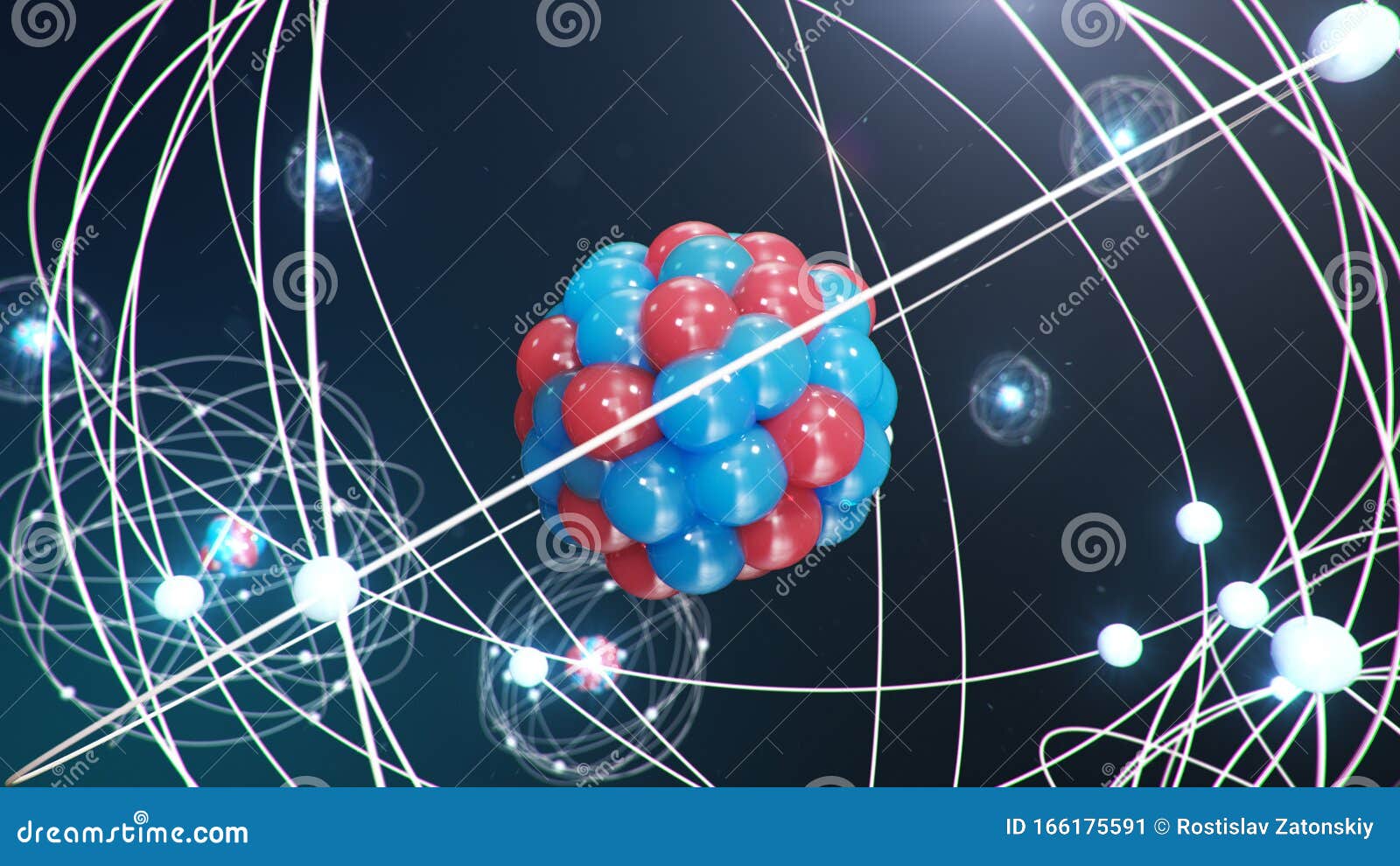


“Atom.” Wikipedia, Wikimedia Foundation,, Available here.Ģ. They inhabit the center of every atom and make up most of the sun and other stars. Therefore, the key difference between atoms and particles is that atoms are small units made of several particles, whereas particles are minute portions of matter. The tiny, positively charged particles known as protons are everywhere. However, the term particle refers to any small object. The below infographic summarizes the difference between atoms and particles in tabular form.Ītoms are small units of matter which contain several particles we call them subatomic particles. The size of an atom is around 100 picometers while the size of a particle varies from subatomic particle to macroscopic particles. When considering different types of atoms, they belong to different chemical elements depending on the atomic numbers. There are three different types of particles as macroscopic, microscopic and subatomic particles. The key difference between atoms and particles is that atoms are small units containing several particles, whereas particles are minute portions of matter. What is the Difference Between Atoms and Particles? If the atom has equal numbers of protons and electrons, then the overall charge of the atom is zero lack of one electron results in a +1 charge and gain of one electron gives -1 charge to the atom. Among these subatomic particles, a proton has +1 charge, and an electron has -1 charge while neutron has no charge. Atoms are extremely small and are made up of a few even smaller particles. The atom is the basic building block for all matter in the universe. Atoms make up molecules when two or more atoms bond. Around 99% of the atom’s mass is centred in the nucleus because the mass of an electron is almost negligible. Answer and Explanation: Atoms are smaller than molecules, and they are also the smallest building blocks of matter. Typically, the number of neutrons, protons and electrons are equal to each other, but in the case of isotopes, the number of neutrons is different from that of protons. The atomic nucleus is made of protons and neutrons (and there are some other subatomic particles as well). When considering the structure of an atom, it contains a nucleus and electrons moving around the nucleus. These are very minute units typically the size is around 100 picometers. All gases, solid matter, liquids and plasma contain atoms. Therefore, it is the smallest unit of matter, and a certain atom represents the properties of the chemical element to which it belongs. Side by Side Comparison – Atoms vs Particles in Tabular FormĪtoms are the smallest particles of a chemical element that can exist. However, the term particle in chemistry refers to any small localized object which has physical properties such as volume, density and mass. But according to recent research studies, the atom is made of several small particles called subatomic particles. In the past, people thought that the atom was the smallest thing that exists and we cannot break it down further. Proton radius $0.86 \times 10^$ m.Īlso, photons, which have no mass, participate in chemical reactions.The key difference between atoms and particles is that atoms are small units made of several particles, whereas particles are minute portions of matter.Īn atom is the smallest unit of all matter. According to Hans Dehelt's Nobel Lecture: a proton? In terms of mass, the electron is 1836 times lighter, but what about in terms of radius. Gain or loss of one tiny electron can completely change the properties of a large metalloenzyme. Atoms were once believed to be comprised of only three subatomic particles: protons, electrons and neutrons. Traditionally, the atom was considered as the indivisible form of matter. However, I completely agree with Jori that an electron, which is much smaller than a proton, takes part in chemical reactions. Leptons and quarks constitute the smallest particles of matter, based on contemporary evidence in the field of particle physics.
#Are atoms the smallest particles of matter free#
Free protons are generally not present in liquid water because a free proton is extremely reactive, but in the upper atmosphere or in other situations where the density of matter is low there can be free protons which participate in chemical reactions. Protons definitely participate in chemical reactions.


 0 kommentar(er)
0 kommentar(er)
